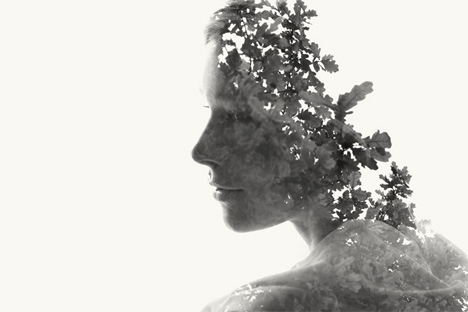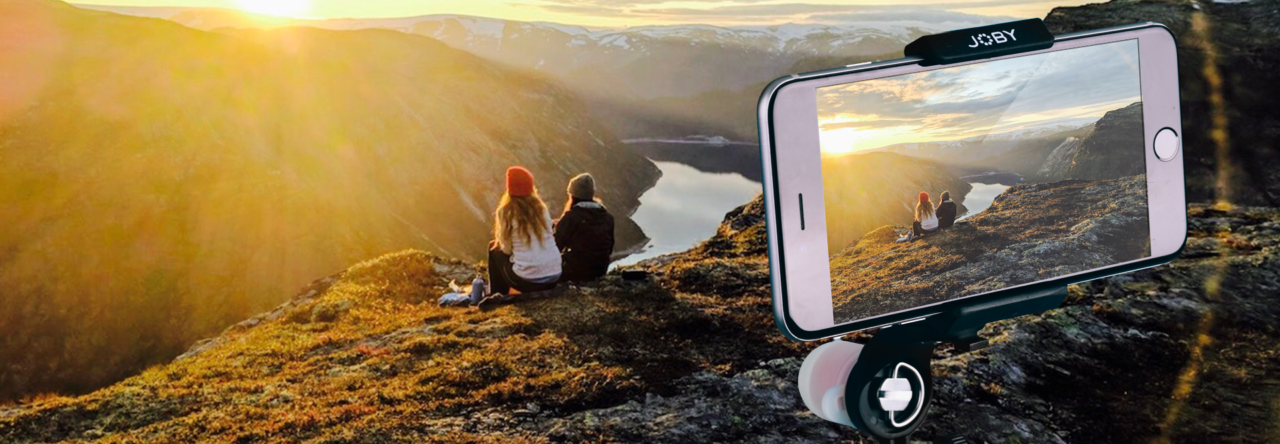Alfred Stieglitz’s photograph The Steerage (1907) was an early work of inventive modernism, and regarded by many historians to be an important photograph ever made. Guided by the precept “to by no means to allow the sitter to take heed to the precise second when the picture is being taken, be it in the studio or outside,” Genthe was not solely able to seize one thing of the real character and persona of his sitters, but in addition became “the first professional photographer to offer people portraits that have been greater than mere surface information.” A lot of his technique was developed throughout his early makes an attempt at photography when, fascinated with San Francisco Chinatown, Genthe would spend numerous hours waiting for the precise combination of lighting and other people-composition to happen.
The Smithsonian’s Nationwide Museum of the American Indian in Washington, D.C., will host an exhibition of works by Native American photographers Larry McNeil and Will Wilson titled, Indelible: The Platinum Pictures of Larry McNeil and Will Wilson.” The platinum printing course of was invented in the 1870s, and platinum prints had been immediately praised for his or her unprecedented tonal range and for being steady, everlasting and indelible.
A recipient of a MacArthur Fellowship, two Guggenheim Fellowships, the Spectrum Worldwide Prize for Pictures, and the Deutsche Börse Photography Prize, his many books embrace: From the Missouri West (1980), Magnificence in Photography: Essays in Protection of Traditional Values (1981), Our Lives and Our Kids (1983), Summer season Nights, Strolling (1985), Los Angeles Spring (1986), and Excellent Occasions, Good Locations (1988).

The exhibition’s didactic texts also invite viewers to think about three concepts underlying the exhibition’s chronology: the first, Establishing a Pose,” addresses the connection between history and up to date, self-representation and imposed illustration, and subject and photographer; secondly, Body and Image,” which questions the ways through which our up to date understanding of magnificence has been constructed and framed by way of the physique; and third, Modeling Beauty & Beauty Contests,” which invites us to reflect upon the ambiguities of beauty, its influence on mass tradition and people, and how the display of beauty impacts the ways during which we see and interpret the world and ourselves.
One of the main American photographers of the early twentieth century, Arnold Genthe (1869-1942) devoted much of his profession and professional work to recording and spreading the ‘gospel of magnificence.’ Born in a prominent intellectual family in Germany and with a doctorate in philology, Genthe was deeply influenced by the custom of German aesthetics as well as by research of Chinese and Japanese philosophy and art.
